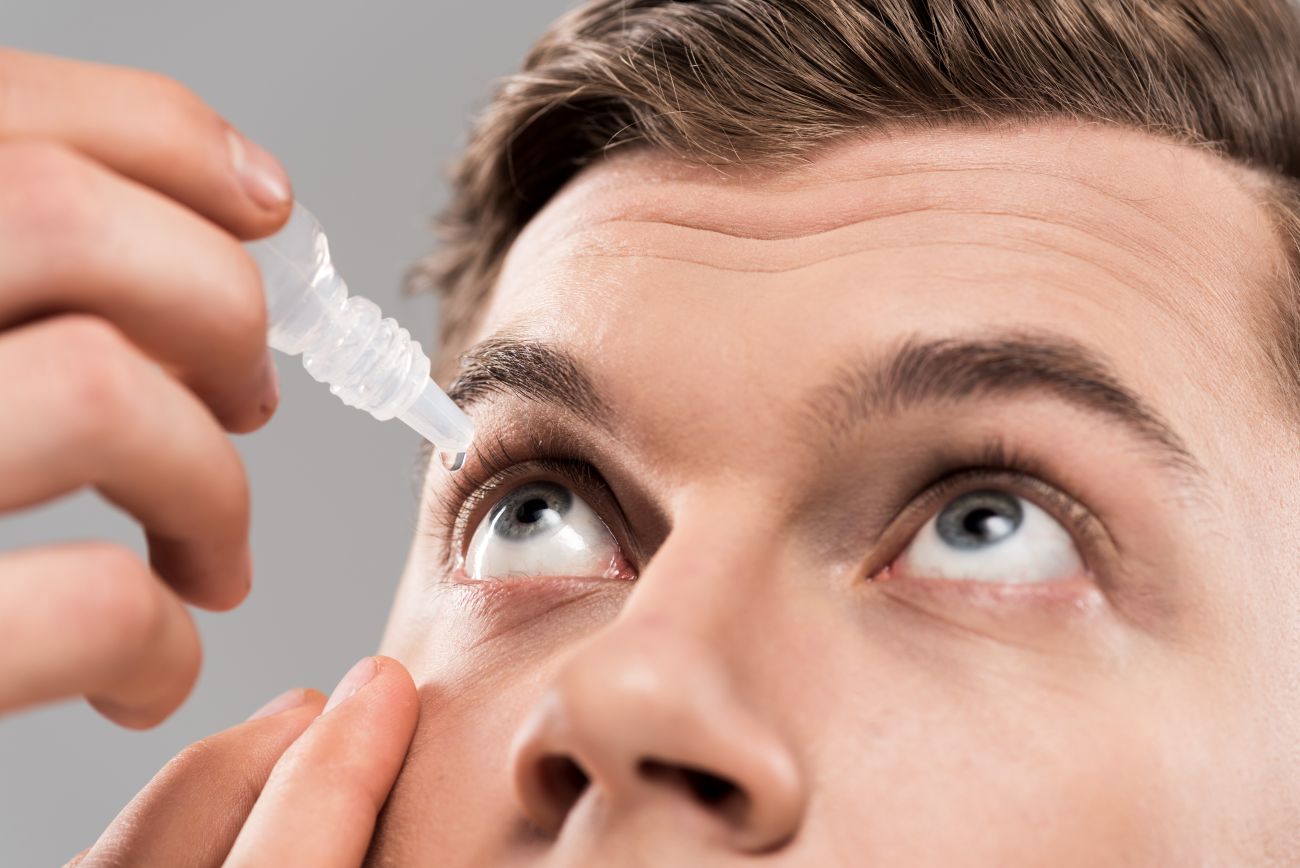When alcohol or drugs start ruling the day, many families in India feel stuck between worry and guesswork. This guide sets out the sequence of care, the choices at each step, and simple ways loved ones can help. You will also see how types of addiction care differ, and where alcohol deaddiction fits.
The Treatment Pathway
Most journeys move in stages. First is safety during withdrawal. Next comes structured therapy and skills. Finally, there is aftercare to protect progress. The mix changes from person to person, but the rule is simple: match care intensity to risk and the support at home.
Table 1: Stages and what they do
| Stage | Main goal | Best for | Setting |
| Medically managed withdrawal (detox) | Ease withdrawal and prevent complications | People with moderate or severe symptoms, or past withdrawal trouble | Hospital unit or supervised centre |
| Inpatient or residential rehab | Reset routines and start therapies with 24 24-hour structure | Individuals with high relapse risk or unstable housing | Short stay residential programme |
| Day care or partial hospital | Intensive daytime therapy with evenings at home | Those with a safe home and family support | Hospital day programme or clinic |
| Outpatient or IOP | Therapy alongside work or study | Early concerns or step down after intensive care | Clinic visits or secure telehealth |
| Medicines for addiction treatment | Reduce cravings or block substance effects | Opioid or alcohol use disorders | Prescribed and monitored by clinicians |
| Aftercare and relapse prevention | Maintain gains and catch slips early | Everyone completing any programme | Follow-up clinics, peer or alumni groups |
What Detox Really Means
Detox is short, focused medical care that helps the body settle after heavy use. It is not a cure. Its job is to manage symptoms safely and prepare the person for therapy. For alcohol, clinicians may use brief medicines to prevent complications and support sleep. For opioids, the plan may include starting maintenance treatment to reduce cravings and improve stability.
Example: Rohan wakes with shakes and cannot face the day without a drink. A doctor suggests supervised withdrawal for a few days, then therapy and a relapse prevention medicine. His sister attends an education session so she can support him without policing him.
Therapies That Build Long-Term Change
Talking therapies teach practical skills. Common options include cognitive behavioural therapy for triggers and coping plans, motivational interviewing to resolve mixed feelings about change, contingency management with clear goals and small, ethical rewards, family or couples work to reduce conflict and set boundaries, and group or peer support to practise skills and hear what works for others.
Medicines and Where They Fit
For opioid use, long-term medicines can cut cravings and reduce risks when paired with therapy. For alcohol deaddiction, short courses help with withdrawal, and longer-term options can lower the urge to drink. None of these are quick fixes. They work best when combined with behavioural support and regular reviews.
Matching Setting to Need
Choose the least restrictive setting that is still safe. Indicators for a short residential stay include severe withdrawal, repeated relapses despite outpatient support, or a home environment that makes change very hard. Where safety is not a concern and the home is supportive, day care or outpatient plans are often enough. Step care up or down as needs change.
For loved ones: Ask services how you can be involved. Many offer visiting hours, family education, and therapy that includes relatives. Your role is to back routines, not to monitor every move.
Dual Diagnosis and Trauma-Informed Care
Substance use often travels with anxiety, low mood, or trauma. Integrated care screens for both from the start, and trauma-informed practice aims to reduce re-triggering with clear information and predictable routines.
A Closer Look at Types of Addiction
Care principles are shared, yet details differ:
- Alcohol: Risk-rated withdrawal, nutritional support, and relapse prevention medicines. Social rituals can be hard, so planning for weddings or festivals matters.
- Opioids: Maintenance treatment plus therapy improves stability. Overdose risk is discussed openly with the individual and family.
- Stimulants: No widely used long-term medicines. CM and CBT are central, with a specific focus on sleep and routine.
- Tobacco: Behavioural support with nicotine replacement or other approved options.
What Families Can Do Without Burning Out
- Plan the environment: Keep triggers out of the home where possible. Agree on the rules together.
- Use calm scripts: Decide in advance how to respond if a slip occurs.
- Protect your energy: Set limits on late-night arguments. Seek your own support if needed.
Life After Rehab
Recovery continues after discharge. Useful habits include a written relapse prevention plan, scheduled follow-ups, a peer group, and a routine for sleep, meals, and movement. If a lapse occurs, treat it as information, adjust the plan, and reconnect with the team.
How Care Looks in India
Accredited Indian centres follow evidence-based pathways and involve families from the outset. When exploring options, look for transparent assessment, qualified staff, clear policies on medicines, and a plan for aftercare. Centres such as Sukoon Health offer structured programmes that combine medical oversight with therapies, which can help individuals and families feel supported from the first call.
Final Words
The path from detox to rehab is not a straight line. It bends around real lives and real families. With steady, evidence-based support and honest involvement from loved ones, change is possible in everyday Indian settings. If you recognise yourself or someone you care about here, start with a medical assessment and ask how the plan will link each stage of care. Small steps taken consistently add up to meaningful progress over months. Keep going together forward.





